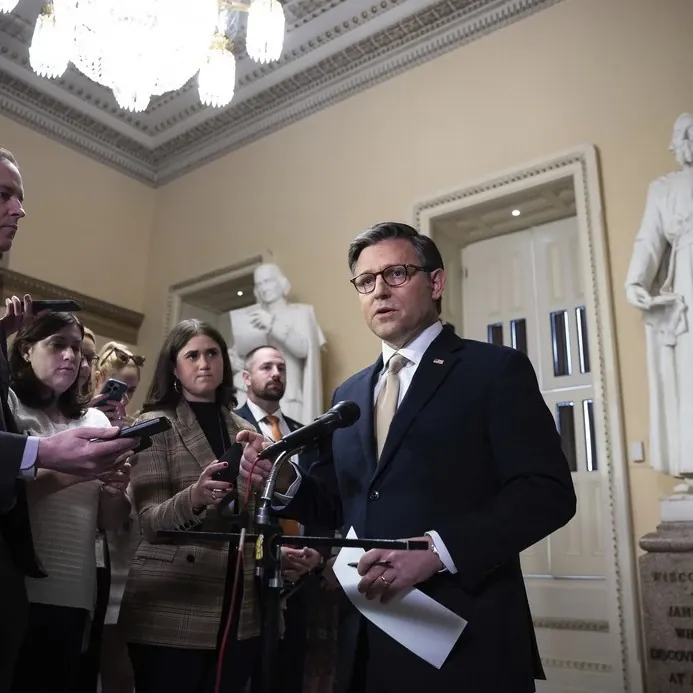House Committee on Transportation and Infrastructure
The House Committee on Transportation and Infrastructure plays a crucial role in shaping the policies and regulations that govern transportation systems and infrastructure development across the nation. Established to address the multifaceted challenges associated with transportation and infrastructure, this committee is responsible for overseeing a wide array of issues, including highways, public transportation, aviation, railroads, and water resources.
Overview of the Committee’s Responsibilities
The committee’s primary responsibilities encompass several key areas:
- Highway Infrastructure: The committee oversees the construction, maintenance, and improvement of the nation’s highways and bridges, ensuring safe and efficient travel for all citizens.
- Public Transit Systems: It evaluates and manages public transportation systems, including buses, subways, and light rail, promoting accessibility and sustainability.
- Aviation: The committee addresses matters related to aviation safety, security, and modernization, including the management of airports and air traffic control systems.
- Railroads: It regulates freight and passenger rail services, ensuring reliable and efficient rail transport across the country.
- Water Resources: The committee is involved in the management of the nation’s water resources, including flood control, water supply, and environmental protection measures.
Significance of Transportation and Infrastructure
The importance of transportation and infrastructure cannot be overstated. They serve as the backbone of the economy, facilitating trade, commerce, and the movement of people. The committee’s work directly impacts the quality of life for citizens by influencing how easily they can commute, travel, and access essential services. Key points regarding the significance of effective transportation and infrastructure include:
- Economic Growth: Robust infrastructure supports economic development by attracting businesses and creating jobs.
- Public Safety: Well-maintained transportation systems reduce accidents and improve emergency response times.
- Environmental Sustainability: The committee promotes initiatives that reduce carbon emissions and encourage the use of public transportation.
- Equity and Accessibility: Ensuring that all citizens have access to transportation services is vital for equitable growth and opportunity.
Key Legislative Initiatives
The committee is instrumental in the development and passage of significant legislative initiatives that shape the future of transportation and infrastructure. Some notable areas of focus include:
- Infrastructure Investment: Efforts to secure funding for infrastructure improvements, including federal grants and budget allocations, are critical to advancing projects that enhance national and local infrastructure.
- Safety Regulations: The committee works on implementing safety standards for transportation systems, aiming to reduce accidents and improve overall safety for users.
- Technological Advancements: Initiatives that promote the integration of new technologies, such as smart traffic systems and electric vehicle infrastructure, are essential for modernizing transportation networks.
- Climate Resilience: Addressing the impacts of climate change on infrastructure is a growing focus, with legislation aimed at creating resilient systems that can withstand environmental challenges.
How the Committee Operates
The House Committee on Transportation and Infrastructure operates through various subcommittees, each focusing on specific areas of transportation and infrastructure. These subcommittees hold hearings, gather testimonies, and engage with stakeholders to inform their legislative efforts. The collaborative nature of the committee allows for diverse perspectives and expertise to shape policies effectively.
Public Engagement and Transparency
The committee emphasizes transparency and public engagement in its operations. By holding open hearings and providing access to documents and proceedings, the committee ensures that citizens can stay informed and engaged with the legislative process. This commitment to transparency fosters trust and accountability in government operations.
Conclusion
The House Committee on Transportation and Infrastructure serves an essential function in the development and oversight of the nation’s transportation networks and infrastructure systems. Through its legislative initiatives and commitment to public engagement, the committee plays a vital role in enhancing the quality of life for all citizens while addressing the evolving challenges of transportation and infrastructure. As communities grow and change, the work of this committee remains critical in shaping a sustainable and efficient future.



